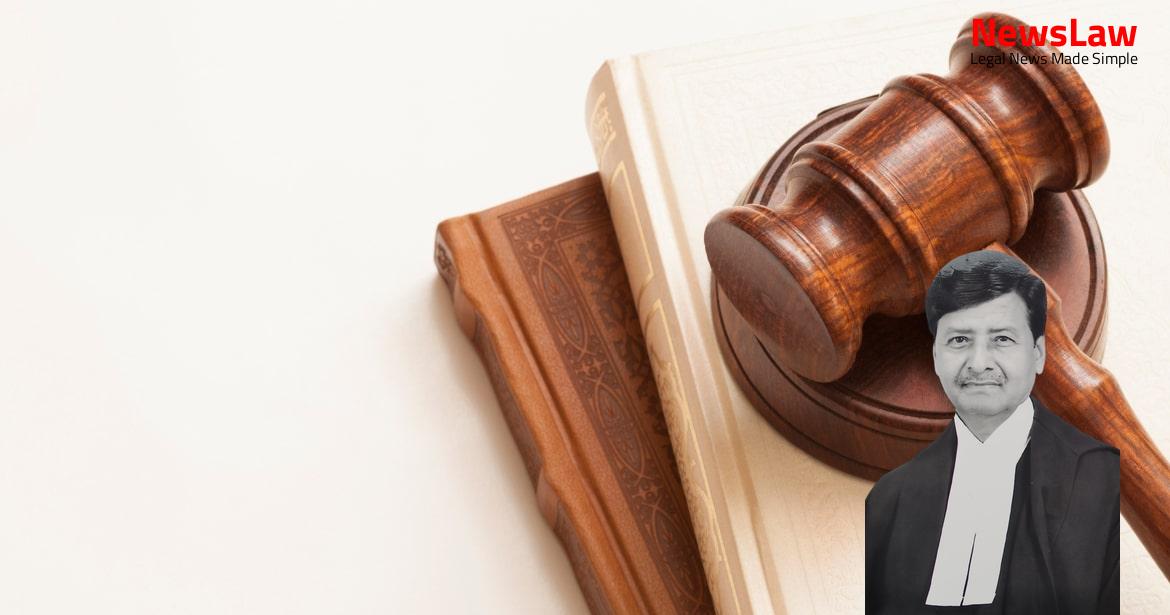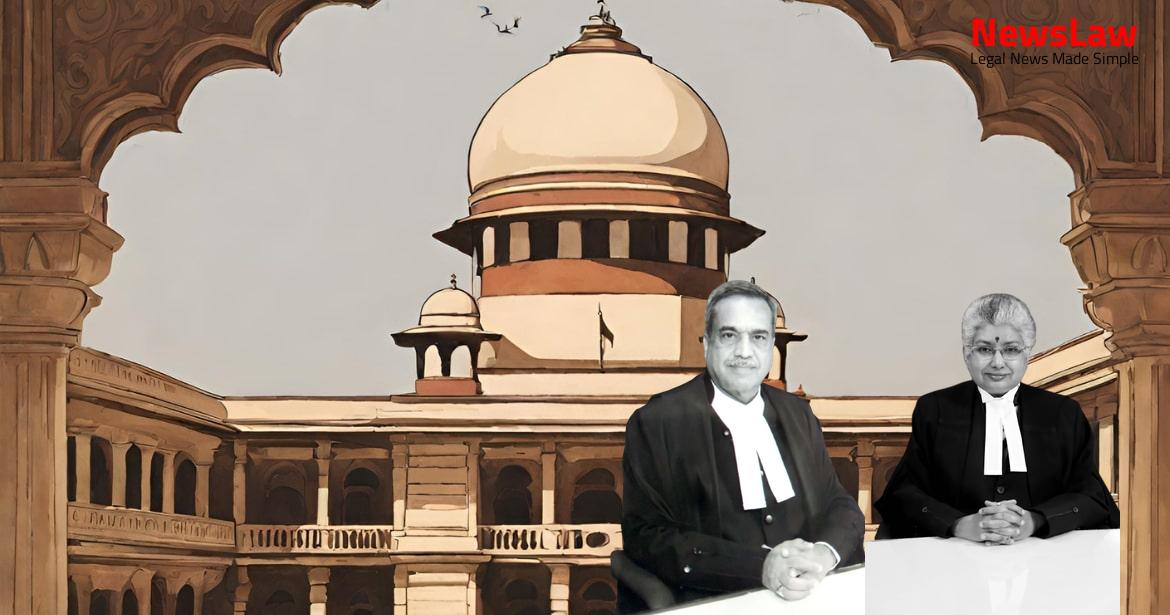Delve into the intricate legal analysis of a recent court case where the establishment of common intention played a pivotal role in determining criminal liability. The courts’ thorough examination of Section 34 of the IPC and the crucial aspect of shared intentions sheds light on the complexities of criminal law. Join us as we unravel the legal intricacies surrounding common intention in criminal acts.
Facts
- The incident took place on the night of 2nd and 3rd November, 2015.
- The deceased was assaulted by four individuals, leading to his death.
- The reason for the assault was believed to be an evil eye kept on the wife of one of the accused.
- The wife of the deceased witnessed the assault and identified the four individuals involved.
- The deceased was taken to the hospital but was declared dead upon arrival.
- The Special Leave Petition of the two accused who used the axe was dismissed, while notice was issued in the Special Leave Petition of the appellants.
- The statement of the wife of the deceased was recorded under Section 161 and subsequently under Section 164 of the Criminal Procedure Code.
- No glaring inconsistency was found between the two statements of the witness.
- Upon creating a loud noise, the assailants ran away from the scene.
- The trial Court found the testimony of PW-6, the only eye witness, to be reliable.
- The trial Court rejected all defenses raised by the accused.
- Common intention of the accused was established due to their presence at the scene armed with weapons.
- Liability is based on the existence of common intention and participation in the offense.
- Accused were relatives and had estranged relationships with the deceased.
- Accused caught the victim without participating in the actual assault using weapons.
- High Court dismissed the appeal of convicted accused and allowed the State’s appeal against the acquittal of the two appellants.
Also Read: Supreme Court Judgment on Single Till Mechanism for HRAB Calculation: A Comprehensive Analysis
Analysis
- The case falls within the limited contour as both Courts have found the witnesses, especially PW-6, the deceased’s wife, to be reliable.
- The deceased was declared brought dead by the time he reached the hospital, indicating it was not a sudden incident.
- Quality of evidence required is substantial, concrete, definite, and clear.
- Common intention is crucial in establishing liability.
- Section 34, IPC outlines the principle of constructive liability based on common intention.
- The accused maintained their intentions even at the site, with two carrying axes, indicating premeditated intention.
- The presence of all accused at the appellant’s house at 3:30 am with two holding axes points to a clear common intention.
- Arguments to revisit the evidence in its entirety were deemed inappropriate in this context.
- No dying declaration was recorded in this case.
- Section 34 of the IPC emphasizes on the element of intention and participation in action.
- The judgment of Virendra Singh v. State of Madhya Pradesh was referred to provide insight into Section 34.
- The key aspect of Section 34 is the shared common intention among all the accused.
- In the case Jasdeep Singh Alias Jassu v. State of Punjab, the scope and interpretation of Section 34 was discussed.
- Section 34 creates a deeming fiction, attributing criminal acts of one to others based on common intention.
- Two individuals were using the axe during the incident.
- The other two individuals were holding the deceased to ensure appropriate injuries were inflicted.
- This fact does not provide any remission to the case of the appellants.
- The High Court’s decision to reverse the trial Court’s acquittal was reasonable due to the erroneous principle of law followed by the trial Court.
Decision
- The appeal has been dismissed.
- Parties are to bear their own costs.
Also Read: Selection and Appointment of Judicial Officers in Himachal Pradesh
Case Title: SANJAY PURAN BAGDE Vs. THE STATE OF MAHARASHTRA (2022 INSC 766)
Case Number: Crl.A. No.-000143 / 2020



